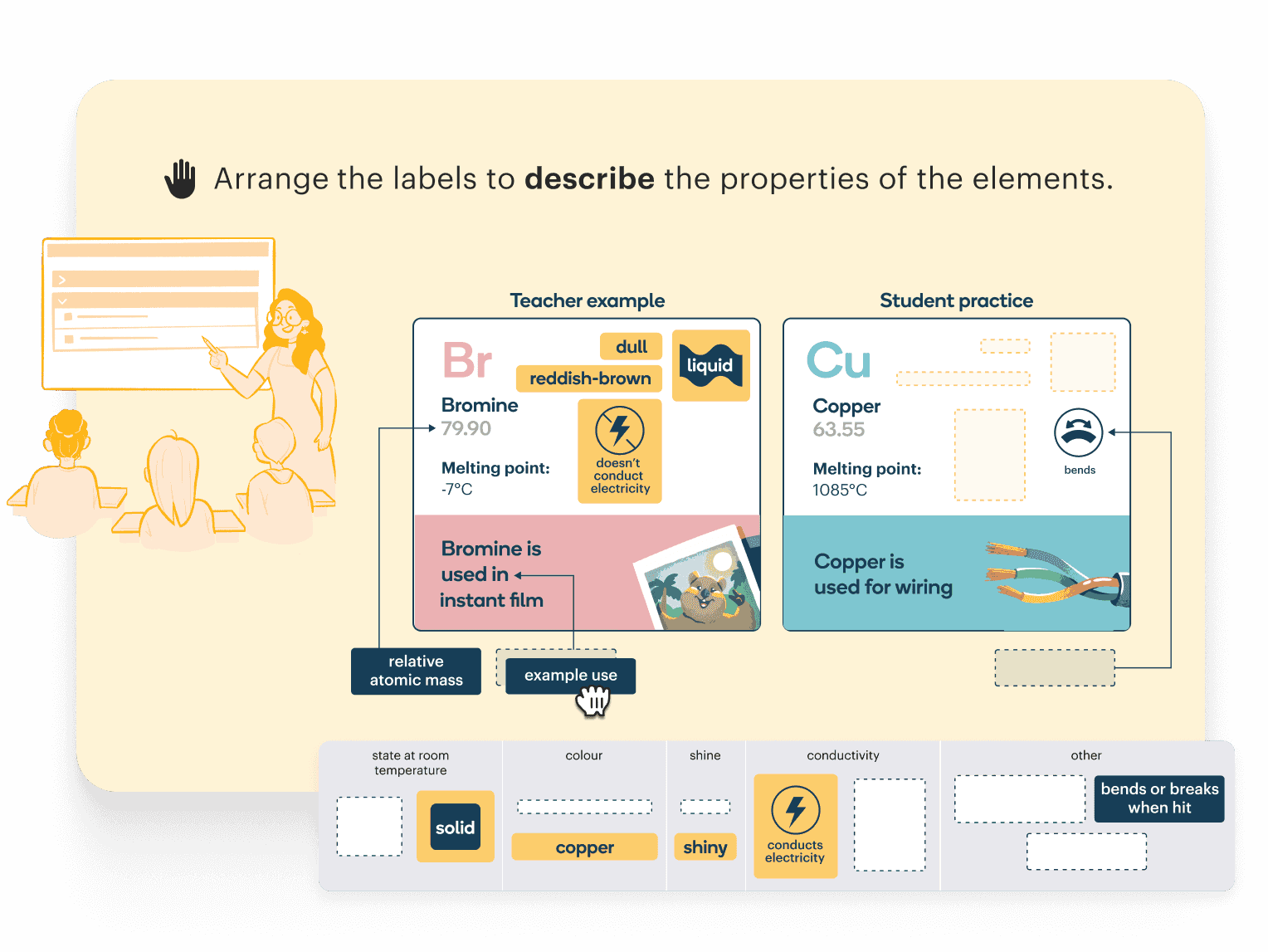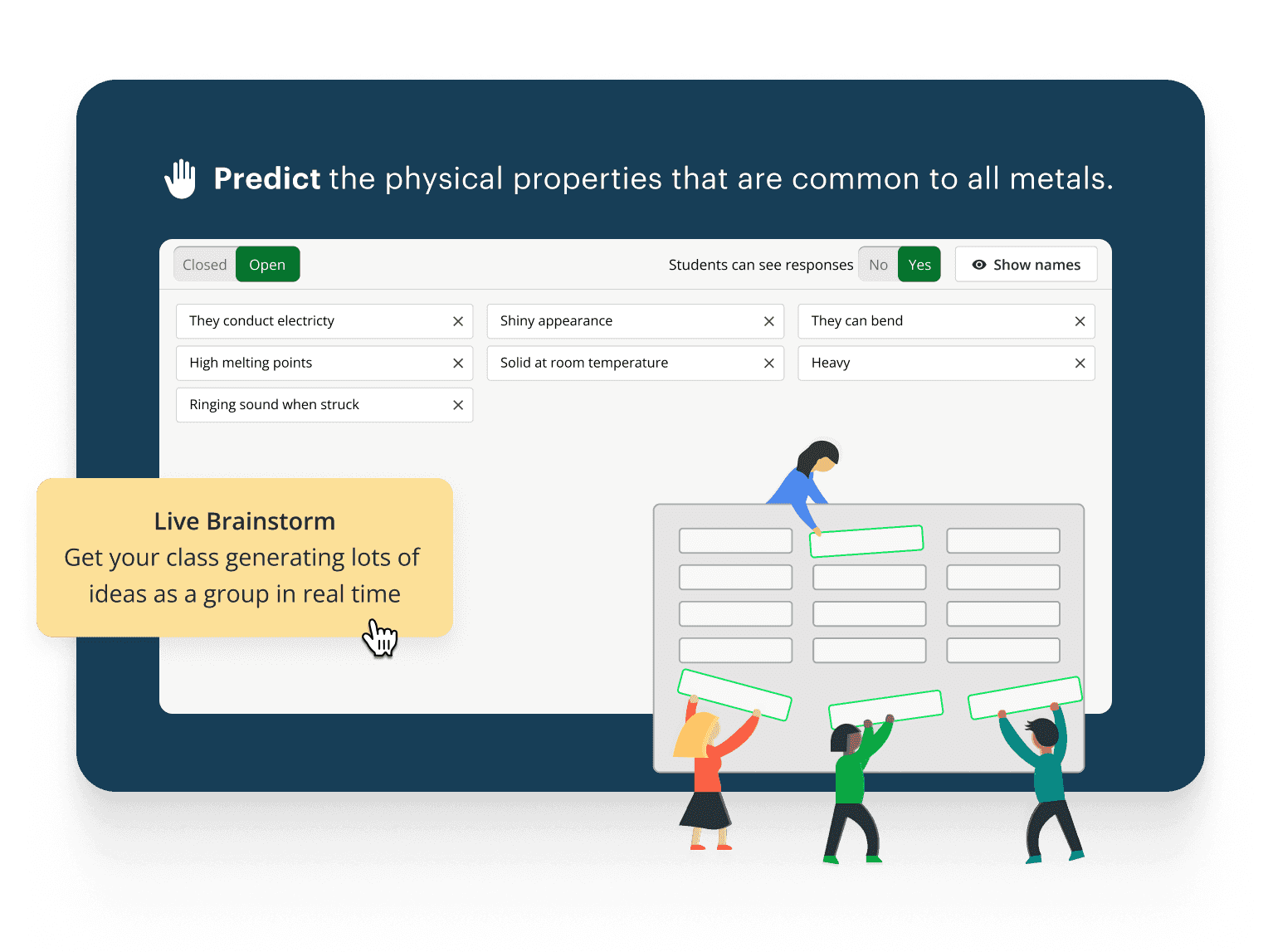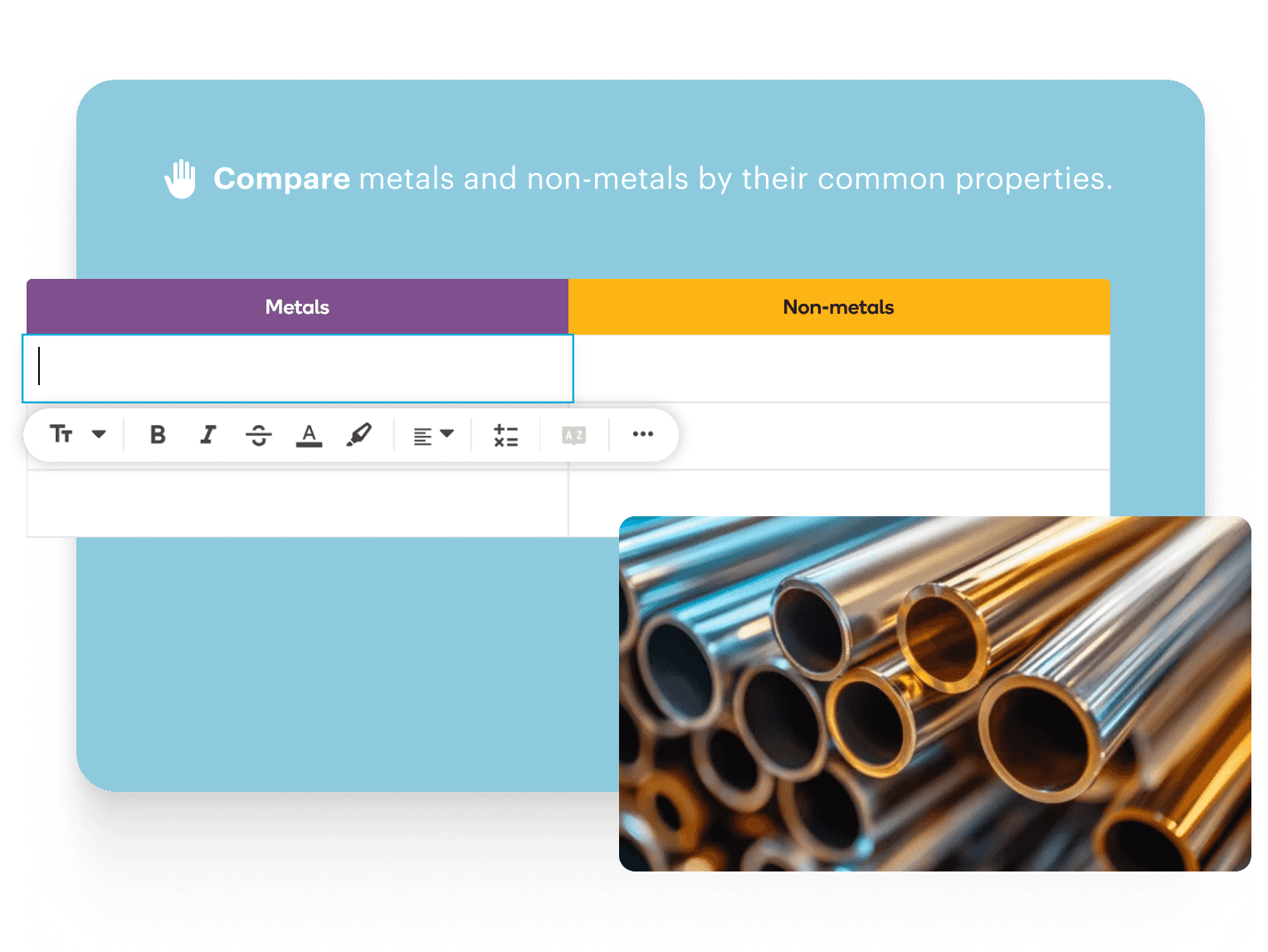Explicit instruction
Explicit instruction is an approach where teachers clearly explain, demonstrate and model the learning process. Students know what to do and how to do it, and they are provided with opportunities to demonstrate their understanding.
Initially developed by
Siegfried Engelmann & Wes Becker, University of Oregon, 1960s.
Effectiveness
This 2017 McKinsey research found that students performed best in PISA assessments, 26 points above the baseline, when students had learnt with a combination of inquiry-based learning and explicit instruction.
Further reading
Theory of Instruction: Principle and Applications by Engelmann & Carnine.
Where you'll find it in Stile
Stile supports teachers to apply the principles of explicit teaching. Learning goals are made available to students, telling them what to do, and fully worked model answers show them how to do it. Teach Mode allows teachers to monitor student work and provide support when it is needed.
Examples within Stile
I do: explicit teacher modeling
New concepts and skills are modelled and explained by the teacher, who demonstrates each step and shows the thinking process.
Elements lesson
in the Elements and Compounds - Lithium Edition unit
in the Elements and Compounds - Lithium Edition unit

We do: applying understanding together
Students engage in guided practice with prompts and worked examples.
Elements lesson
in the Elements and Compounds - Lithium Edition unit
in the Elements and Compounds - Lithium Edition unit

You do: independent practice
Students have multiple opportunities to practice over time with tasks that allow them to apply and extend their knowledge.
Elements lesson
in the Elements and Compounds - Lithium Edition unit
in the Elements and Compounds - Lithium Edition unit


